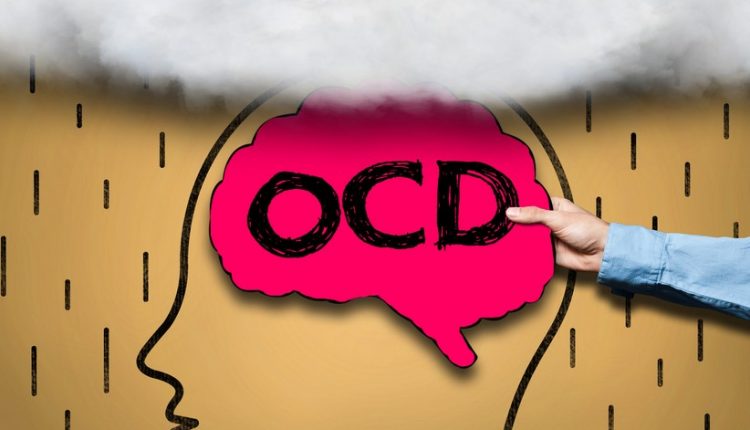Deep Brain Stimulation Treatment For OCD Is Improving
The National Institute of Health has funded a small study that gathered more than 1,000 hours of brain recordings from OCD patients. This data will help design deep brain stimulation to treat neuropsychiatric disorders, including OCD and Parkinson’s disease. Published in Nature Medicine, NIH Brain Research Through Advancing Innovative Neuro-technologies (BRAIN) Initiative funded the study.
Researchers collected brain recordings from three patients currently receiving DBS treatment for OCD. The data will identify neural signatures and related behaviors that predict the onset of symptoms and refine treatment. Symptoms of OCD come and go over time and can be triggered by the person’s environment. Treatment today involves implanting electrodes and then refining that stimulation. One of the issues of treating OCD is that any changes from the stimulation are not always immediate. As a patient’s environment and other triggering factors change, their need for changes in stimulation levels can also change.
In the current study, the electrodes responsible for delivering the DBS therapy also took brain recordings which were then time-synched to EEG, facial changes, and other recordings. By combining these data sets, the researchers were able to identify candidate neurological signatures for OCD, such as brain activity changes that occurred over time in correlation with clinical scores for OCD symptoms.
You can find the article at: “Long-term ecological assessment of intracranial electrophysiology synchronized to behavioral markers in obsessive-compulsive disorder.” Nature Medicine December 9, 2021. DOI: 10.1038/s41591-021-01550-z

